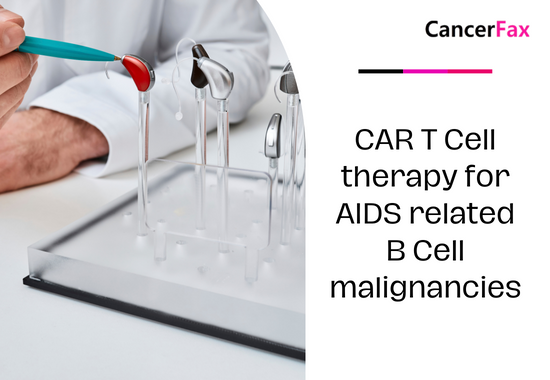Mr. Xu is a typical Chongqing native. He is naturally spicy and unhappy. Among all the spicy foods, Chongqing spicy hot pot is his favorite. However, unfortunately, a malignant tumor with a parotid gland was found, which is a type of head and neck cancer. Although the diagnosis is a malignant tumor, the location of the tumor is clear, and surgical treatment is recommended, followed by adjuvant therapy.
When I heard that I had to have surgery and radiotherapy, Mr. Xu was hesitant. After all, the tumor grew on my face. Without mentioning surgery, the treatment may affect the appearance, but the side effects of radiotherapy are definitely inevitable. He doesn’t want radiotherapy. Don’t want to operate. So, he found the frontline treatment of head and neck cancer online and went to Taiwan to do proton therapy. Therefore, he embarked on the path of seeking medical treatment in Taiwan.
He learned in detail the principle of proton therapy: Taiwan Changgeng proton therapy technology is different from other traditional X-ray therapy technology, the difference is the use of heavy particles in the atomic nucleus-proton as a radioactive source. After the high-energy proton beam penetrates into the body from the human body, it initially releases very little energy due to its fast speed; when it is near the end of its range, all energy is suddenly released, forming the highest energy peak-the Prague peak . The Prague peak stopped on the tumor and concentrated energy to attack the tumor. When killing the tumor cells, it also effectively protected normal tissues and effectively reduced the toxic and side effects of radiotherapy.
In order to avoid facial nerve paralysis and affect the quality of life, Mr. Li is performing a facial nerve preservation operation. The surgical wound is not large and there is no need to worry about the appearance. Then, proton therapy is started. Proton therapy technology can precisely control the radiation to maximize the dose of radiopharmaceuticals, and all target cancer cells without harming normal cell tissues around the tumor.
The doctor arranged for Mr. Xu to “proton radiation therapy for 6 weeks and a half, once a week”. In the third week of treatment, Mr. Xu only had the side effects of redness and desquamation on the right side of the skin, but the mucous membranes of the mouth and throat did not cause any harm. The diet and work schedule were the same as normal. However, Mr. Xu had been thinking about spicy hot pot. After suffering from cancer, he dared not touch spicy food again, and finally could not bear it. He secretly ran to eat spicy hot pot. Later, he told the doctor truthfully, the doctor said that although the soup of the spicy hot pot will stimulate the mucous membrane and increase the uncomfortable side effects, because Mr. X’s mouth and throat are completely normal, plus spicy is not related to carcinogenesis, so He told him that as long as he feels uncomfortable, eating spicy pot will not affect the treatment and illness.
Hearing what the radiation oncologist said, Mr. Xu, the foodie, really enjoyed the spicy hot pot again every other week. As a result, after eating spicy hot pot, Mr. Xu had no discomfort except for some erythema dry desquamation on the skin irradiated by protons before, and except for the need to go to the proton center to receive proton radiation therapy every Monday to Friday during the treatment Lead a normal life.
After receiving proton therapy at Chang Gung Hospital in Taiwan, after more than a month of rest, Mr. Xu’s skin has gradually returned to normal. Moreover, the tracked MRI images have no abnormalities. Except for an inconspicuous scalpel scar on the right, there are no other signs. According to the treatment results of Mr. Xu, the health consultant of Hong Kong Health stated that the treatment effect of Mr. Xu was very good, and the tumor was also cleared. Mr. Xu did not expect that he could still enjoy a spicy hot pot during treatment. Now that his condition has gradually healed, Mr. Xu plans to call friends and friends again to eat a spicy hot pot to celebrate.

